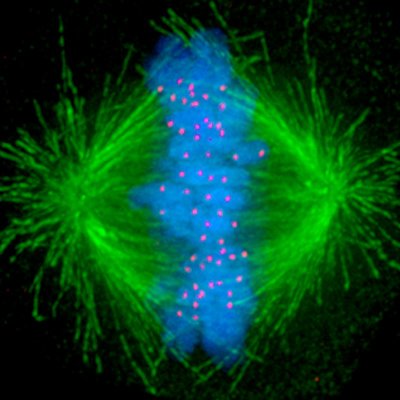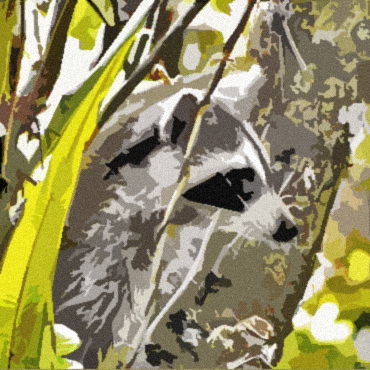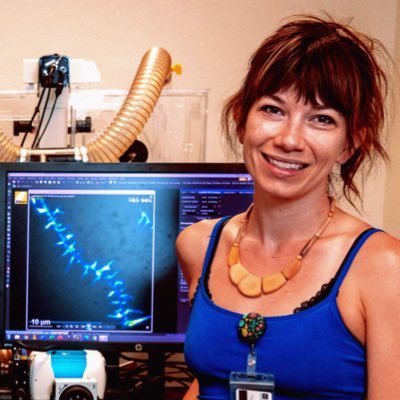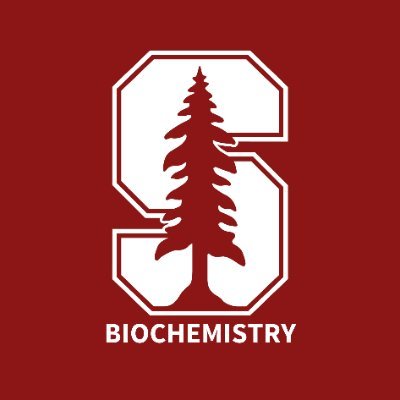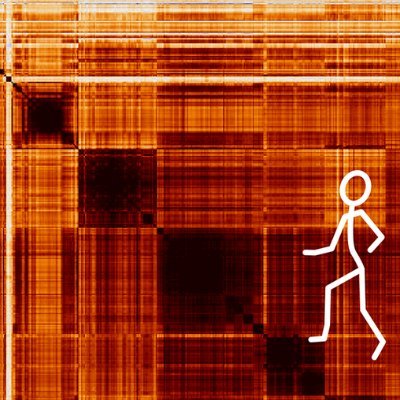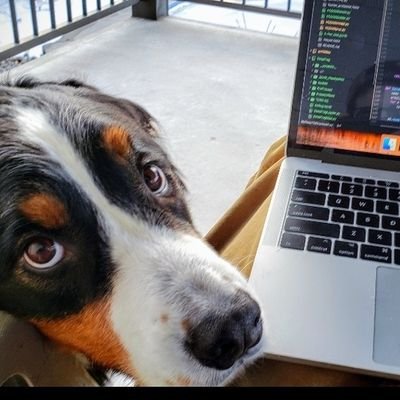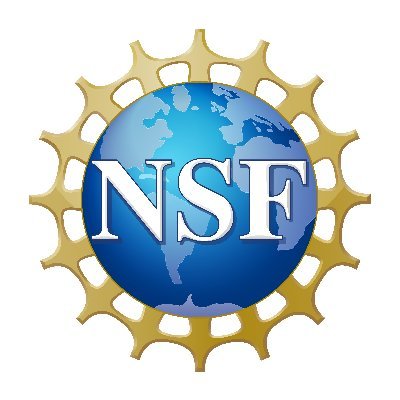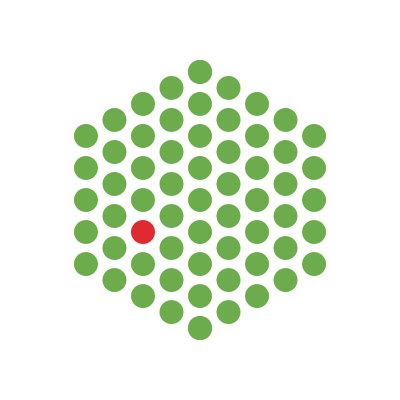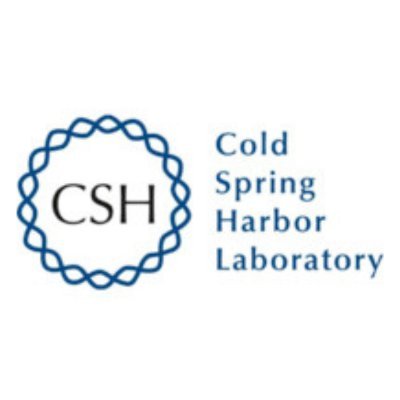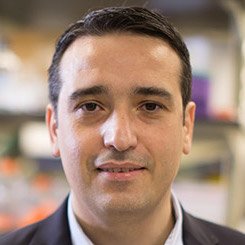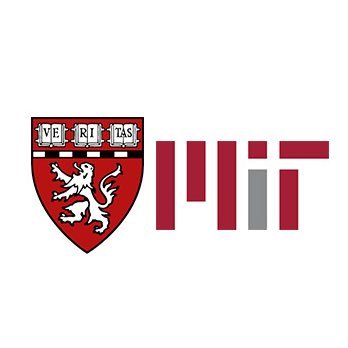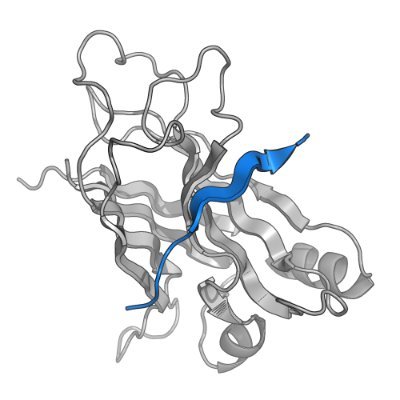
Keating Lab
@keating_lab
We use computational and experimental methods to study protein structure, function, and interactions at @MITBiology @MITBE
You might like
A self-supervised approach aligning protein sequence and structure spaces enables efficient binder screening with only backbone structural information — a powerful asset for early-stage protein binder design. 🔗 go.aps.org/3UY7OVe

First twitter thread🧵and also my first BioRxiv preprint! I’m excited to finally release my undergrad work into the world: combining GNNs, Potts models, and Tertiary Motifs (TERMs) for protein design! See the preprint here: biorxiv.org/content/10.110… 1/
Our first keynote speaker: Dr. Amy Keating (@keating_lab). Interested in protein interaction specificity, Dr. Keating highlights the power of data-driven computational exploration of protein interactions. Dr. Keating was our student choice of #PEC2022 and we are ecstatc to host!


Fast, reliable, computational methods for designing protein-binding peptides would be immensely useful. As a first step, we show that tertiary structural motifs from the PDB can be used to reconstruct known peptide structures and generate new ones. doi.org/10.1002/pro.43… (1/9)
Scientists in @keating_lab designed a screening method to probe how short stretches of amino acids called SLiMs selectively bind to certain proteins, and distinguish between binding partners with similar structures. I covered this recent work for MIT News: bit.ly/3B4piEb

Excited to share our newest work! We describe a surprising mechanism behind how a short linear motif binding domain achieves interaction specificity. elifesciences.org/articles/70601
Register today! proteinsociety.org/e/in/eid=7 #PS35
Review of data-driven protein design, including structure, sequences, and high-throughput functional datasets. Vincent Frappier @KeatingLab sciencedirect.com/science/articl…

Read about the amazing accomplishments of alum MIT biologist and president of The Protein Society, Prof. Amy Keating (PhD ’98 Houk/García-Garibay groups) bit.ly/3w0kA7O @houk1000 @GaribayLab @MITBiology @ProteinSociety

United States Trends
- 1. #IDontWantToOverreactBUT 1,222 posts
- 2. Thanksgiving 144K posts
- 3. #GEAT_NEWS 1,404 posts
- 4. Jimmy Cliff 23.6K posts
- 5. #WooSoxWishList 1,965 posts
- 6. #MondayMotivation 13.3K posts
- 7. #NutramentHolidayPromotion N/A
- 8. DOGE 230K posts
- 9. Victory Monday 4,196 posts
- 10. $ENLV 18.2K posts
- 11. Good Monday 51.7K posts
- 12. Monad 171K posts
- 13. TOP CALL 4,892 posts
- 14. Justin Tucker N/A
- 15. Feast Week 1,916 posts
- 16. The Harder They Come 3,558 posts
- 17. $GEAT 1,311 posts
- 18. $MON 33.3K posts
- 19. AI Alert 2,989 posts
- 20. Soles 99.2K posts
You might like
-
 Boston Protein Design and Modeling Club
Boston Protein Design and Modeling Club
@ProteinBoston -
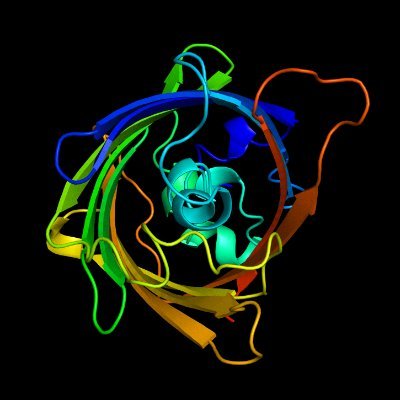 Machine learning for protein engineering seminar
Machine learning for protein engineering seminar
@ml4proteins -
 Generate:Biomedicines
Generate:Biomedicines
@generate_biomed -
 AI Proteins
AI Proteins
@AI_Proteins -
 chris bahl
chris bahl
@bahl_lab -
 Brian Hie
Brian Hie
@BrianHie -
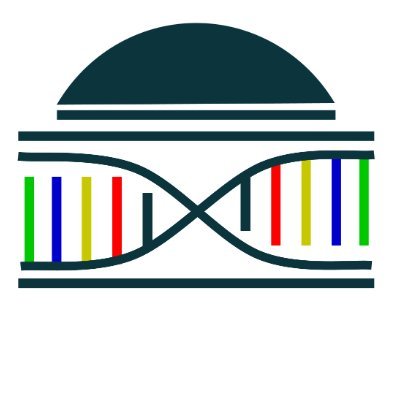 Bonnie Berger Lab
Bonnie Berger Lab
@lab_berger -
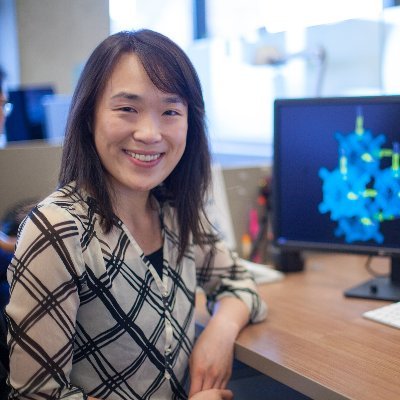 Kathy Y. Wei, Ph.D.
Kathy Y. Wei, Ph.D.
@KathyYWei1 -
 Oxford Protein Informatics Group (OPIG)
Oxford Protein Informatics Group (OPIG)
@OPIGlets -
 Roshan Rao
Roshan Rao
@proteinrosh -
 Noelia Ferruz
Noelia Ferruz
@ferruz_noelia -
 Debora Marks
Debora Marks
@deboramarks -
 Sergey Ovchinnikov
Sergey Ovchinnikov
@sokrypton -
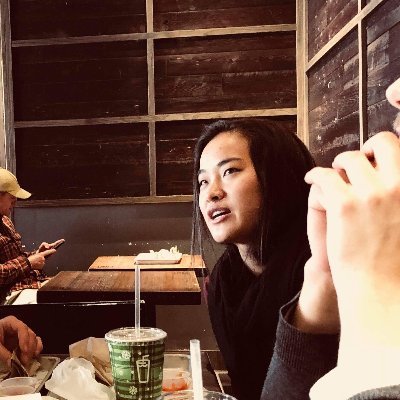 Ellen Zhong
Ellen Zhong
@ZhongingAlong -
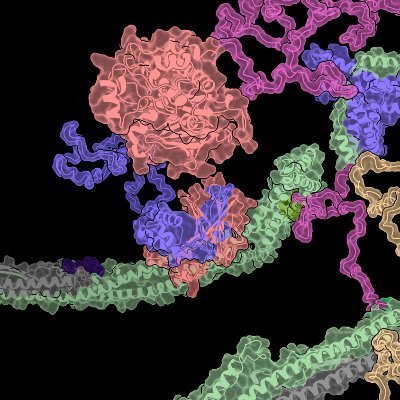 MLSB (in San Diego + Copenhagen)
MLSB (in San Diego + Copenhagen)
@workshopmlsb
Something went wrong.
Something went wrong.































